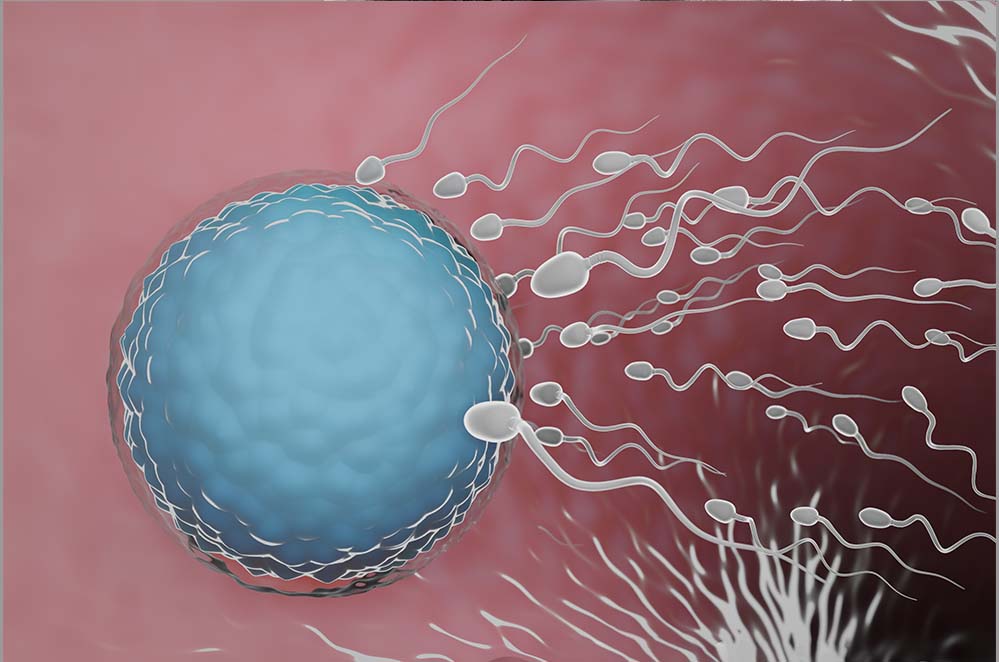 In vitro fertilization treatment has been applied successfully for many years in couples who cannot have children with natural methods. IVF treatment, which is an assisted reproductive technique; It offers the opportunity to have children for couples who cannot have children due to infertility, advanced age, infections and tube obstructions in women, low sperm count and low quality in men, and metabolic disorders such as obesity. In vitro fertilization treatment, which is the most preferred infertility treatment today, is an artificial fertilization technique applied by bringing female and male reproductive cells together under laboratory conditions and placing the fertilized egg in the mother’s womb.
In vitro fertilization treatment has been applied successfully for many years in couples who cannot have children with natural methods. IVF treatment, which is an assisted reproductive technique; It offers the opportunity to have children for couples who cannot have children due to infertility, advanced age, infections and tube obstructions in women, low sperm count and low quality in men, and metabolic disorders such as obesity. In vitro fertilization treatment, which is the most preferred infertility treatment today, is an artificial fertilization technique applied by bringing female and male reproductive cells together under laboratory conditions and placing the fertilized egg in the mother’s womb.
In vitro fertilization method is a method that is preferred as a result of the fact that pregnancy does not occur despite unprotected intercourse for more than 1 year. In vitro fertilization treatment is applied with classical in vitro fertilization (IVF) or microinjection (ICSI) methods, depending on the fertilization of the ovaries.
In IVF treatment, patients are often called for control. After the eggs reach a certain size, the period until the cracking needle is between 10 and 12 days, while the eggs are collected under anesthesia for 34 to 36 hours after the cracking injection. After the collection process, fertilization is performed and quality embryos are transferred to the mother’s womb. Thus, the IVF treatment process represents a period of almost 15 to 18 days.



